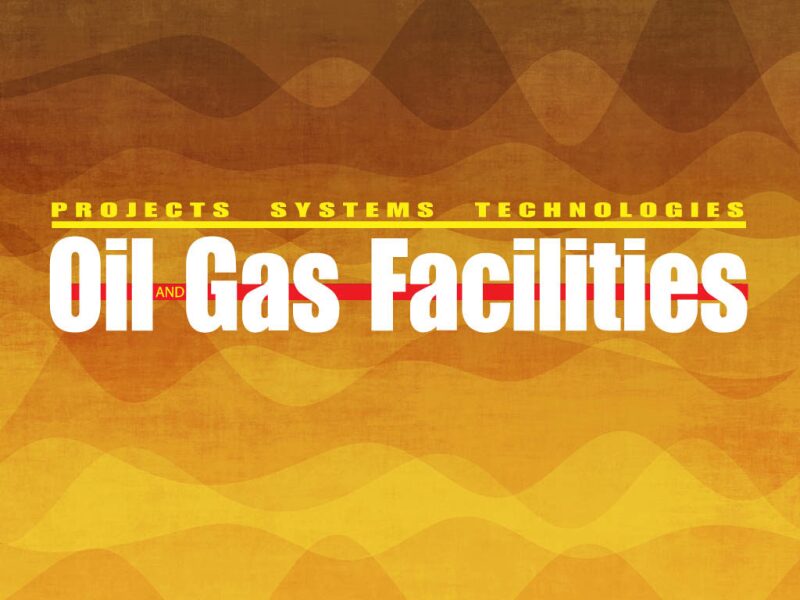On the journey that has been my career as an engineer, I have asked many times: How do I become a better facilities engineer? One of the best pieces of advice I ever received, I will now pass on to you: Learn to understand the language of subsurface.
In upstream oil production, the goals of most of the facilities we design and operate are to take a multiphase reservoir fluid, separate it into two product streams (oil and gas) and two waste streams (water and solids). If conditions allow, we can generate value from one of the waste streams, e.g., using water to recover more oil from the reservoir.
The key word is reservoir. It is the source of fluids we process, it receives the water we treat, and it is outside of our control. It is the domain of the reservoir engineer (RE) and the Earth scientist (ES).
Now, REs and ESs (geoscientists) are capable people, but typically do not speak the same language as we facilities types. They have evolved a view of oil and gas production that embraces the concept of uncertainty—the one fundamental that facilities engineers do not like at all.
Typically we want hard numbers that enable us to design and build robust, fit-for-purpose separators, pumps, and heat exchangers. We do not like flow rates defined by uncertainty (the dreaded P10/P50/P90), and we especially do not like production profiles that focus only on one product stream (oil).
Our default response often has been to add an engineering factor and make our facilities a little bigger—“I will design for the worst case”—which may work in some cases, but not in others in which significant cost penalties may be in play.
So what can we do? One approach is to learn to have effective dialogue with our subsurface colleagues and learn how to embrace uncertainty.
To put it simply using an oilfield example: If we can work collaboratively with our REs to determine risked water profiles for each oil profile—P10/P50/P90 water for each P10/P50/P90 oil—we will have an operating envelope for life of field that should enable us to design fit-for-purpose facilities.
We know that these design parameters are not going to be absolutely correct, but this type of subsurface-driven design will enable us to determine how flexible and adaptable our facilities need to be. Flexible and adaptable are good words; often we can deliver specific production systems that have turndown or wide operating range inherent in their designs. And because we know a little about uncertainty, we can be confident that our facilities will not constrain production.
So what are some other benefits of speaking subsurface? Understanding permeability and a little about fractures enables effective selection of water qualities for injection and hence water treatment options. Understanding subsurface attributes enables us to embrace squeeze treatments for scale control, as well as to understand and apply reservoir souring models that guide materials selection and chemical treatment strategies. There are more examples, but the key is understanding the subsurface drivers that enable us to integrate the surface with the subsurface and develop a holistic option for an asset.
In a nutshell, some of the most effective facilities I have seen were developed when subsurface and surface functions collaborated to deliver a true “reservoir-driven lifecycle design.”
Is there value in learning the language of subsurface? Definitely.


